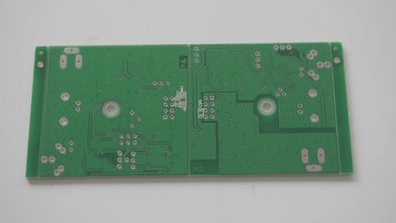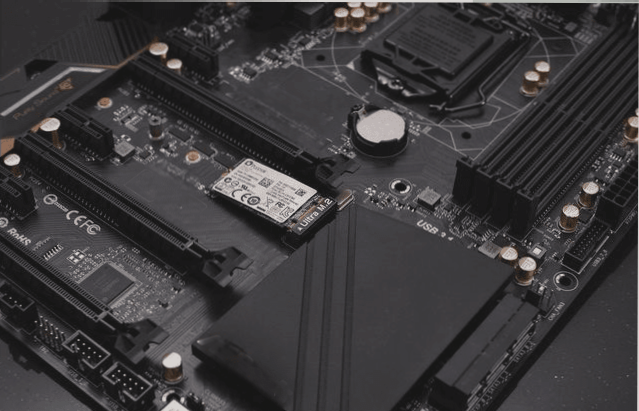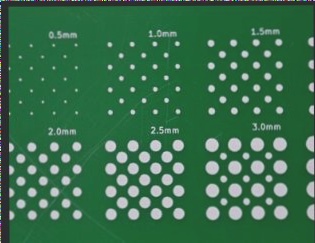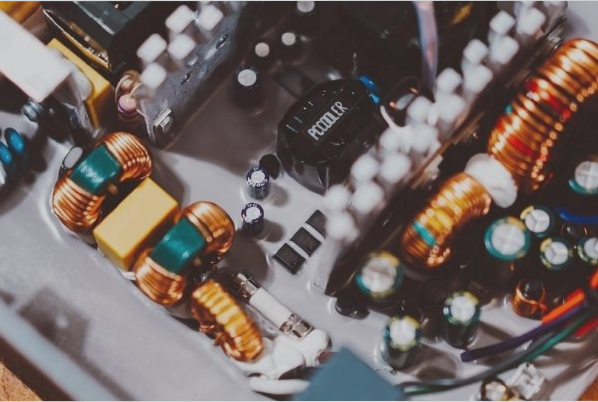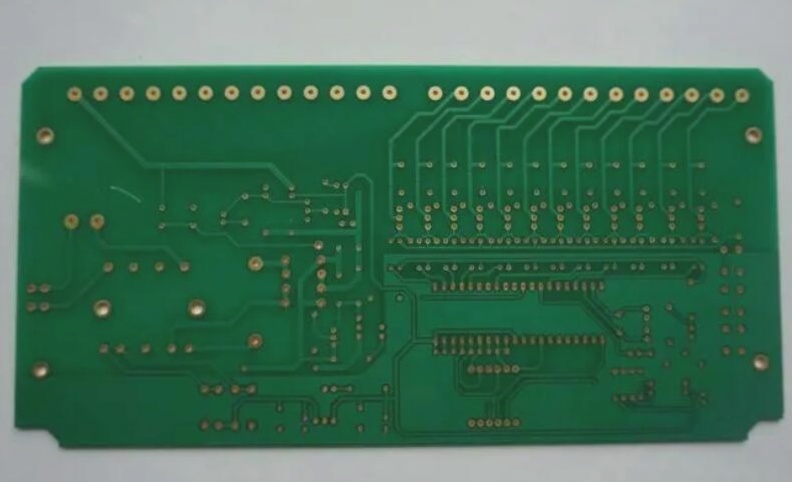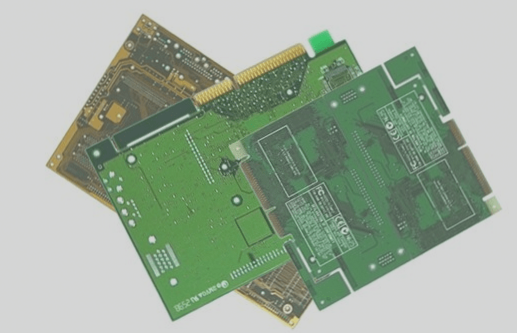The distinction in high-density interconnect (HDI) PCBs
HDI PCBs enable the development of smaller, more powerful electronic devices by offering high-density interconnections, improved reliability, and design flexibility, but their design requires specialized expertise and careful planning to address challenges such as miniaturization, thermal management, and cost management.
The distinction in high-density interconnect (HDI) PCBs Read More »


